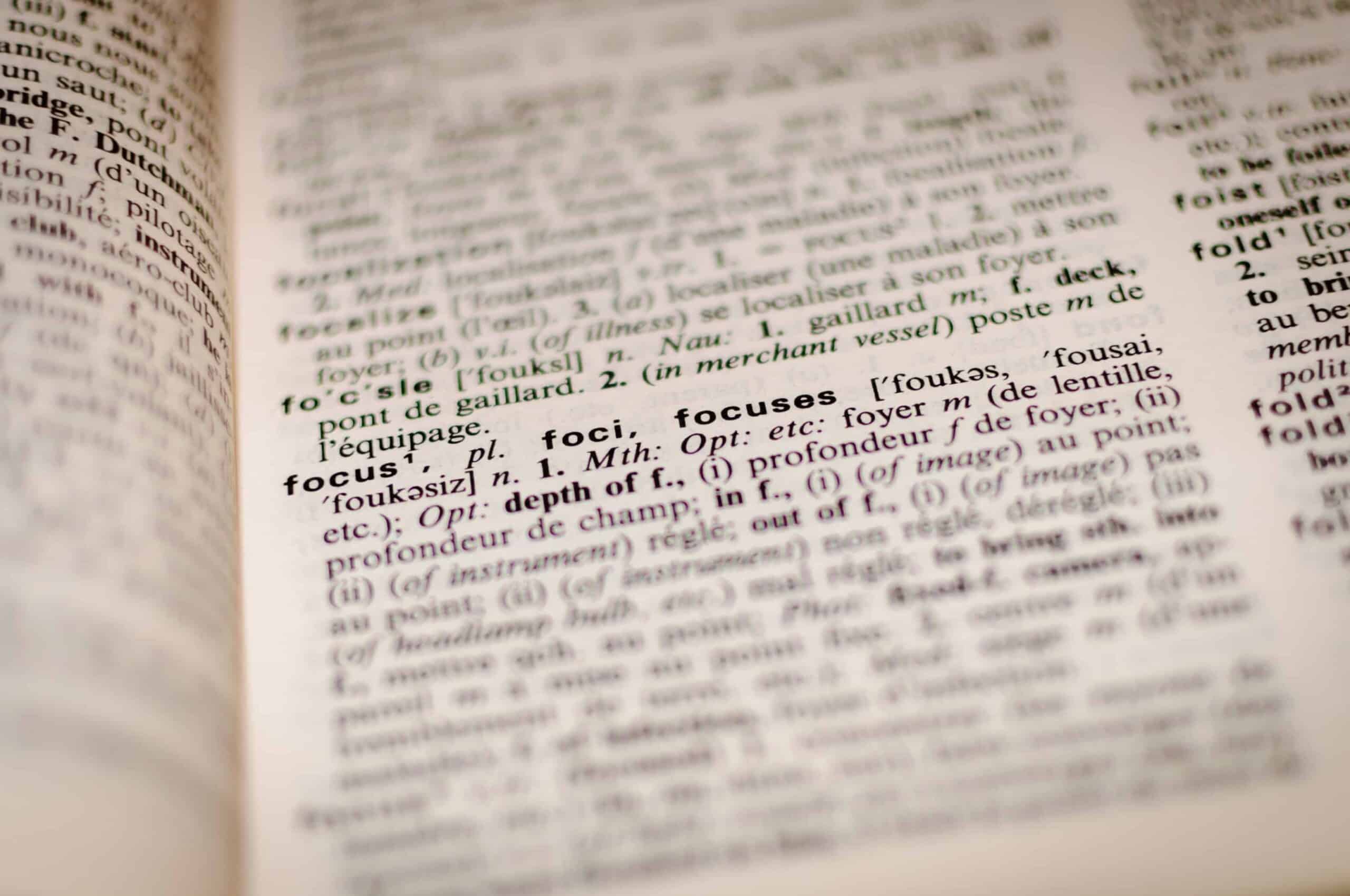
I’ve never been a highly focused kid. At eight years old, my primary teacher called my mum and asked if I had any diagnose of ADHD. I scored really low in a maths test… because I mistakenly did additions when the exercise asked for subtractions. I was never diagnosed with ADHD, but I surely experienced consequences due to a lack of focus.
At the time, I didn’t know that the ability to focus is highly trainable, and I could certainly build it… as long as I stopped replying to DM’s every 5 minutes.
I’ve managed to reach levels of focus that go beyond what I ever thought I could. And it was all a result of the 4 following strategies.
Distractions are not welcomed
There are dozens of other things I could be doing now: calling my mum, browsing through social media, or watching a tv series. However, and because these distractions are readily available and tempting, I was forced to remove them from my working space.
When you begin a working session, consider eliminating all existing distractions: phone access, noisy notifications, email, and even people who might interrupt you. After all, you are dedicating time and attention to producing the best possible output in the least time period.
If you don’t actively remove distractions, don’t expect to reach unbreakable levels of focus.
Practice your Ability to Focus
Just like you develop your muscles by training and your skills by practicing, you can always develop your ability to focus by engaging in certain activities. In order to so, choose a period, between 25 to 60 minutes, engage in a working session, and commit to not giving in to distractions. Then, give yourself a 5–15-minute break. And repeat the process.
If you want to take the practice more seriously, track your progress in a spreadsheet and rate your levels of focus during each working session. By having a precise measure of performance, you will surely be able to see a significant progression over time.
Cal Newport, author of Deep Work, recommends a physical artifact showing the evolution of the leading metric — time spent engaging in focused work. I’ve been using cardboard for the matter.
Have a Single Point of Focus
It is really difficult, if not impossible, to sustain unbreakable levels of focus when switching between projects, tasks, and conversations. Multitasking, or more precisely, context-switching — the back and forth between diverse tasks, will likely undermine all your productive efforts.
However, when you first define a single point of focus to which you will dedicate your full attention for a while, you create the conditions for making the most out of your days.
Choose your Priorities Wisely
There is nothing worse than low levels of focus. Except for one thing… unbreakable levels of focus with the wrong task. If you get to spend time working, at least choose your priorities wisely. Developing your levels of focus is not just a matter of accomplishing tasks. We can all do it… The question is: can we do it in a short period of time? Can we be smart allocating time and attention? Remember, not everything is urgent, and not everything has the same degree of importance. Peter Drucker put it even better: “Nothing is less productive than doing what should not be done at all.”
Author’s Bio:
Filipa Canelas is a productivity expert, course creator, and the author of “Around is Forward: The Productivity Cycle Behind Extraordinary Results”. Filipa writes about productivity, skill acquisition, and performance on her website and reaches her email newsletter weekly at filipacanelas.com.
With her online courses, Filipa has taught more than 40,000 leaders, students, and entrepreneurs, from 140 countries to improve their performance while enjoying the process.
Find more at filipacanelas.com.

